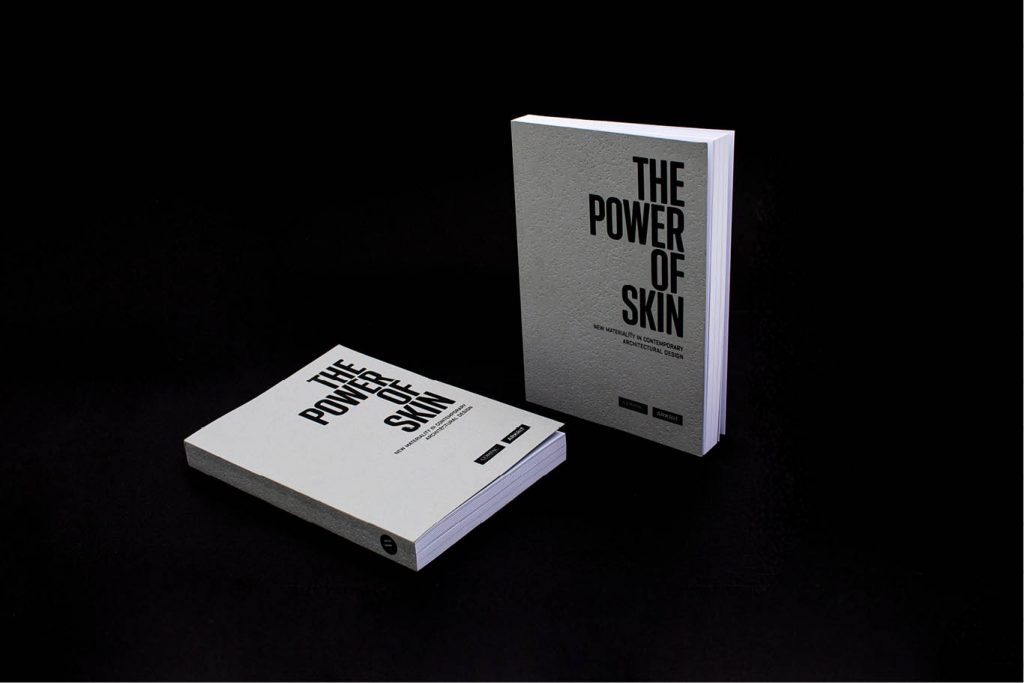Teresa Fortea Navarro. The Power Of Skin. New Materiality in Contemporary Architectural Design (Descarga el eBook)
According to the theory of Gottfried Semper (1803-1879), the first architectural skins where textile, but they became masonry walls. From that construction of the masonry wall in the antiquity to the light contemporary architectural boundary, it has been necessary the technical and technological development in addition to several centuries.
The history of the matter, its transformation, is drawn beautifully in a stone or an archaeological remain. The qualities of the matter are revealed with the view of the surface. The matter gives information about the tinctures, pigments or mortars used in its production, it is a chronicle of the transformation process along the time.
For example, the bright of a domestic object of the XVI century, express how it has been transformed and subjected to high temperatures in an oven, get cold and hot, making possible the formation of water purples that are perceptible to the sight.
In the contemporary architectural skin, a neutral, homogeneous, essential, invariable, intense and rigorous skin, with a small thickness, the materials that dress the boundary, veil the massive condition of the bearing wall. Indeed, vibrant surfaces, continuous with a light aspect, envelope the contemporary building boundary.
Two examples: the Lens Museum, Louvre (Kazuyo and Nishizawa & Sasaki, 2003) the reflectant materials project blurred images of the surroundings, fading the limits of the building. In the Vitra Campus, Germany (2012), a vitreous and whitish curtain hides the bearing condition of the concrete wall. In both cases the wall dematerialization happens, and its ornamentation takes place from an impressive abstraction.
In short, the technical and technological development achieves moving away the architecture from the beaux arts, adds the eff orts of architectural and engineering work and reaches the category of industrial poetry, a poetry that mixes the aesthetic, the practical and the theoretical.


